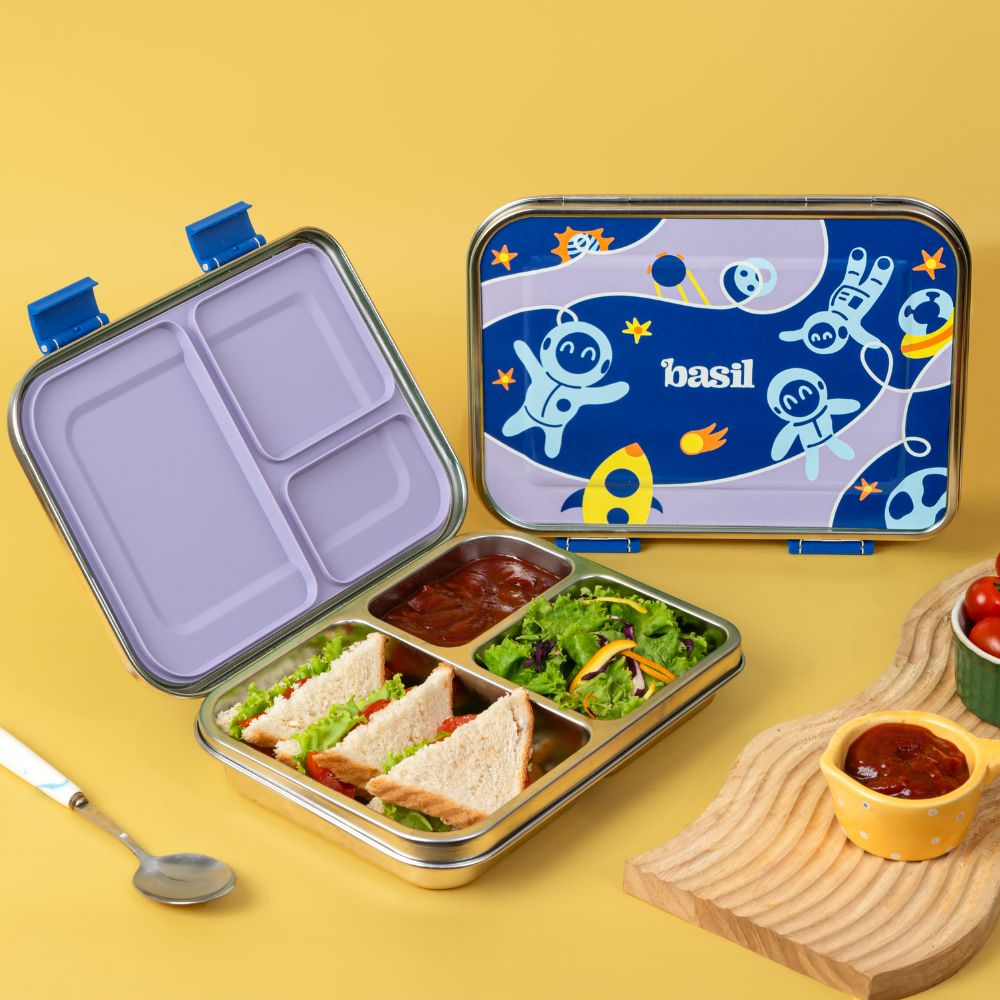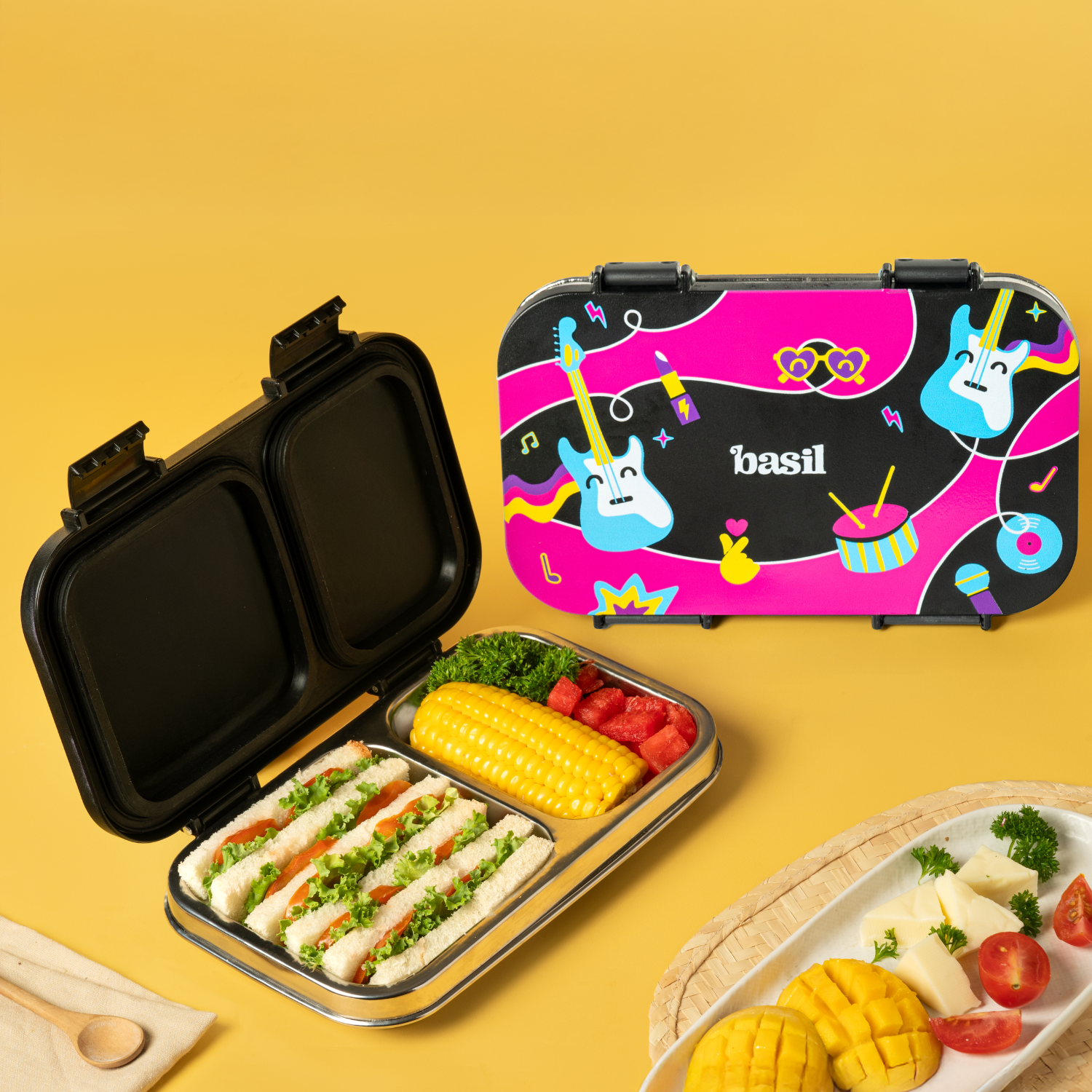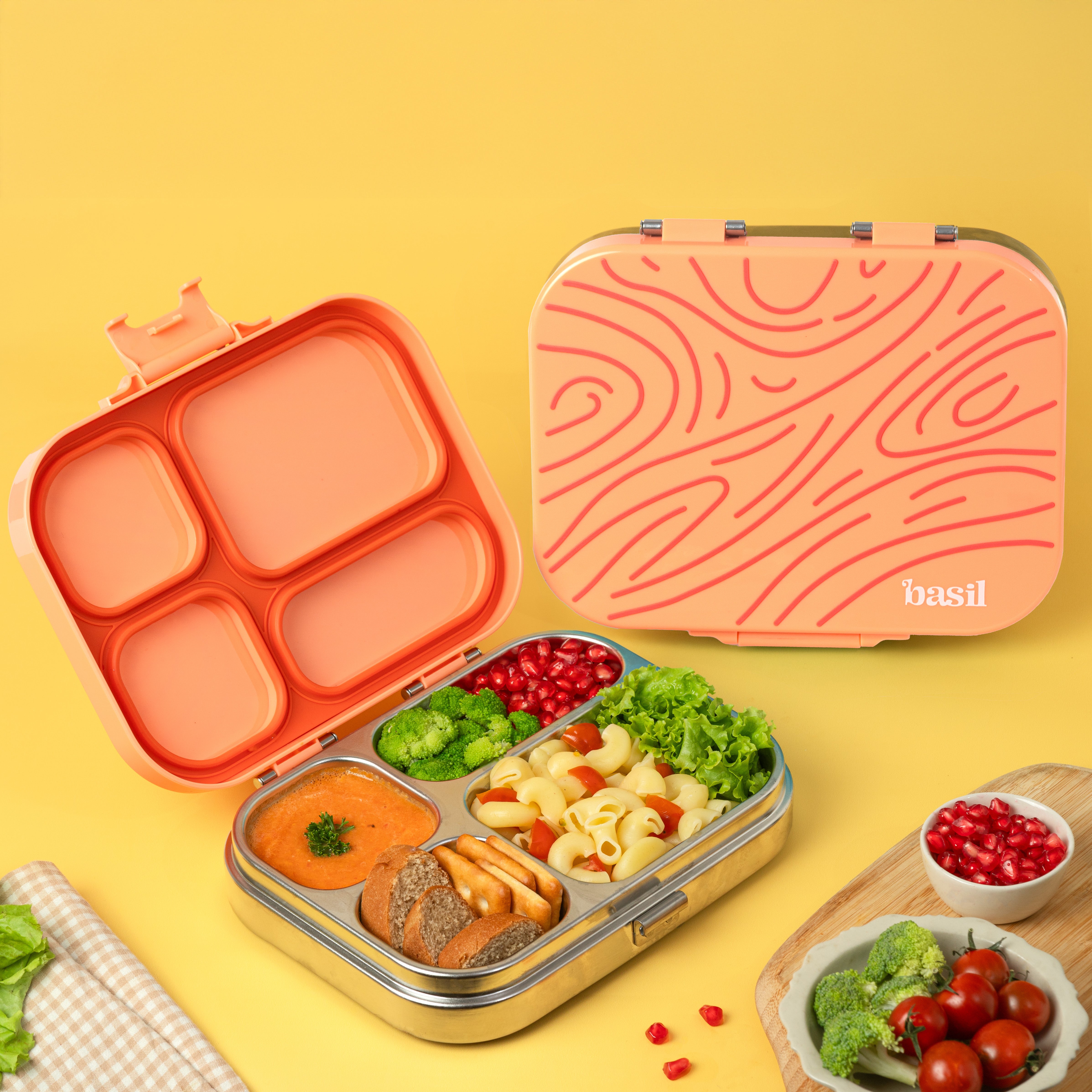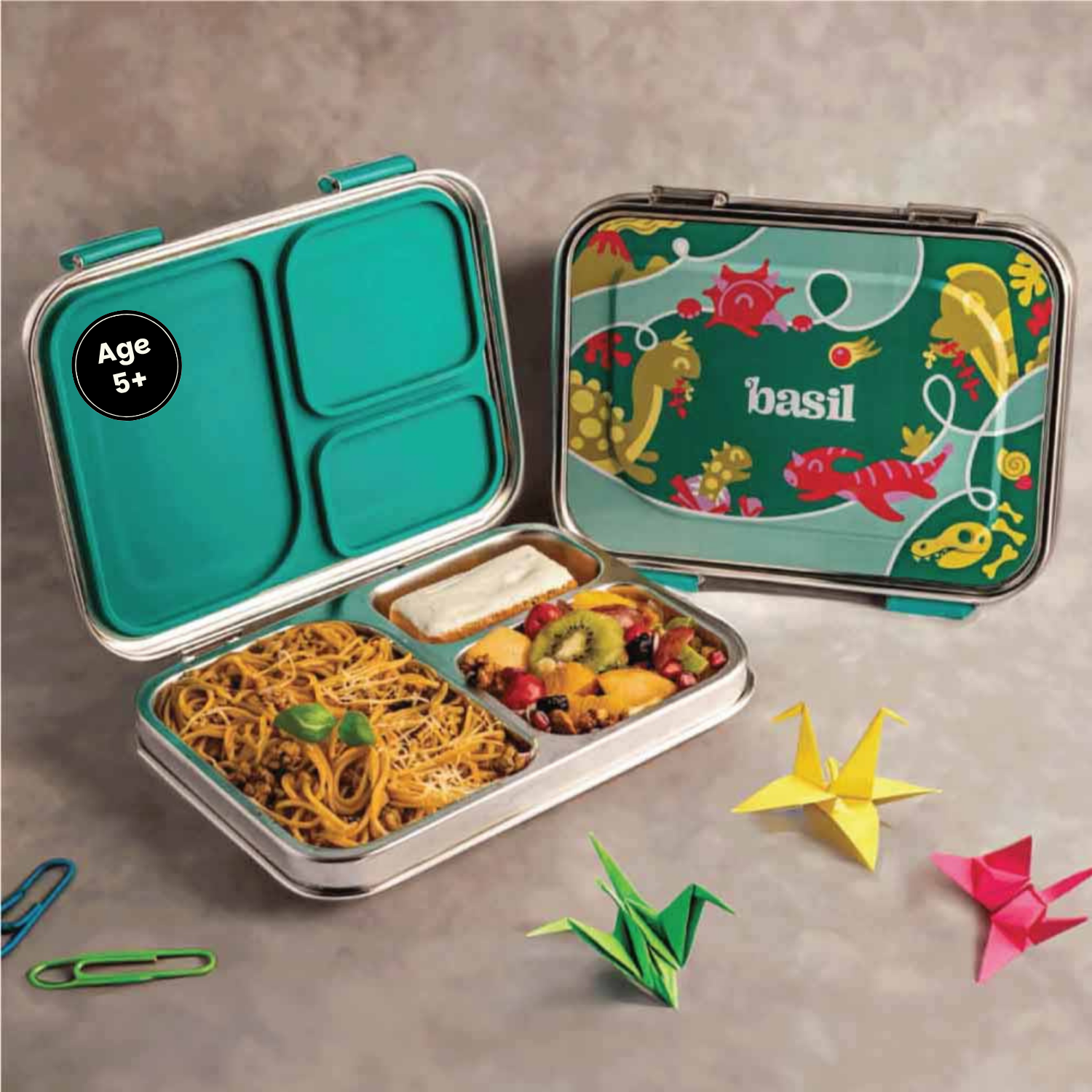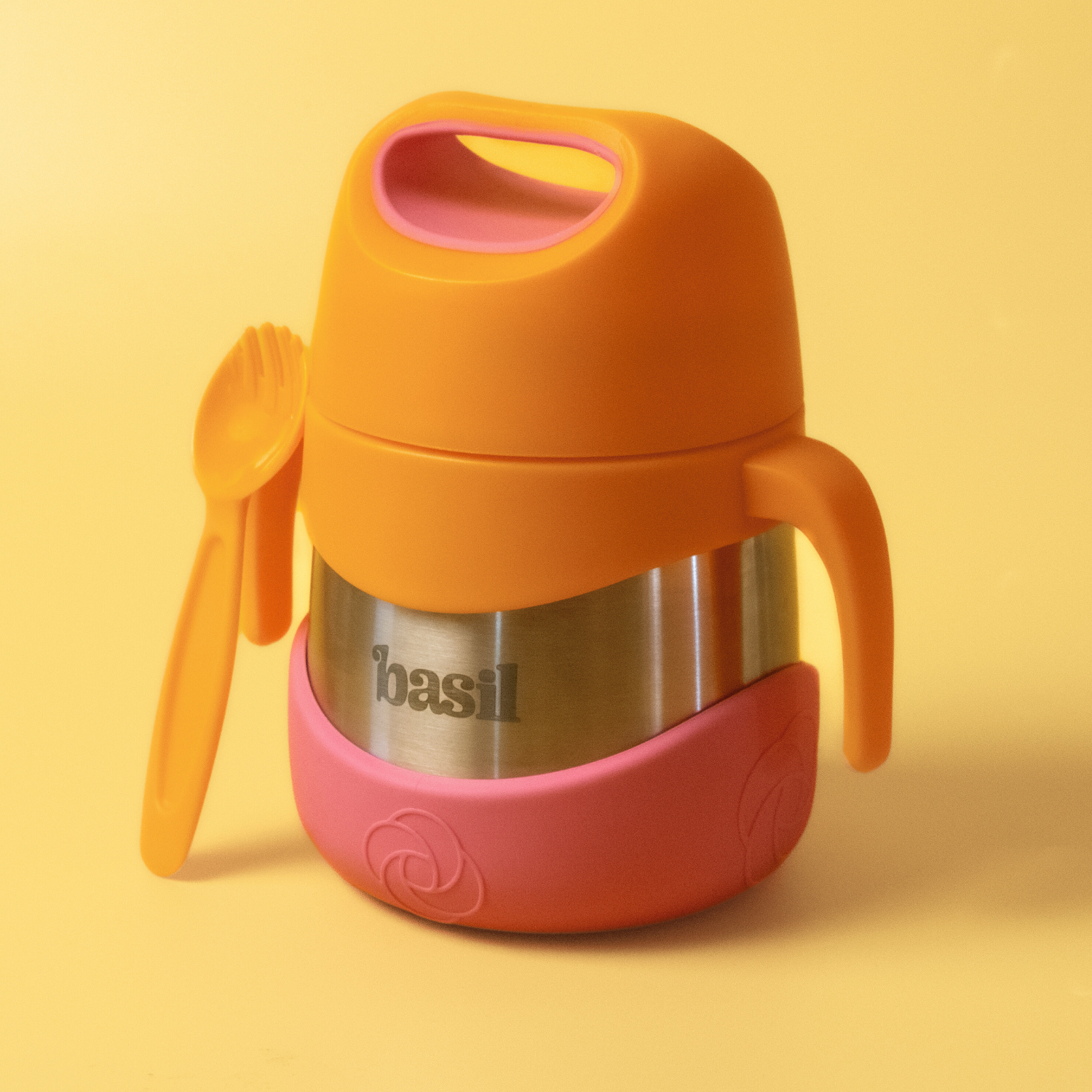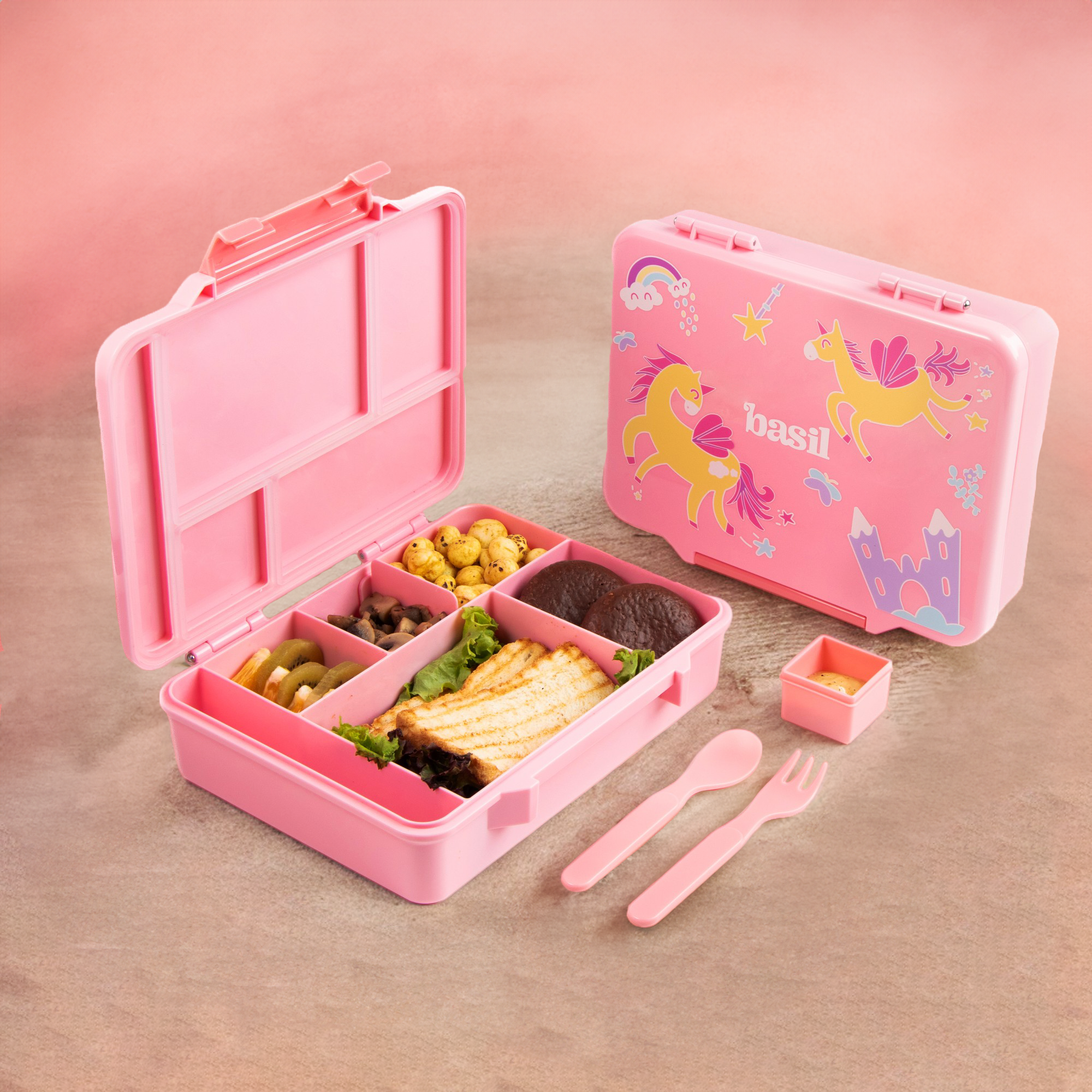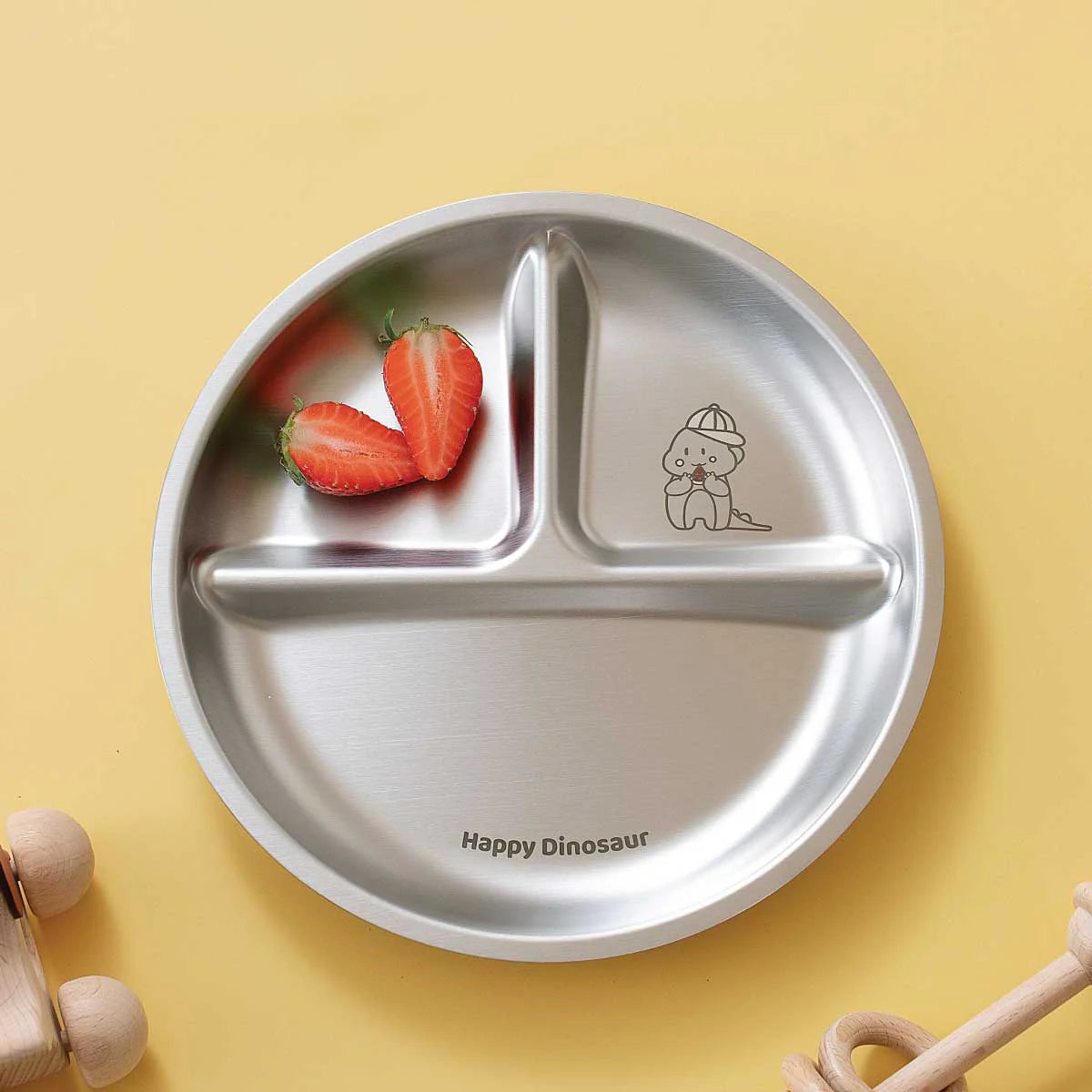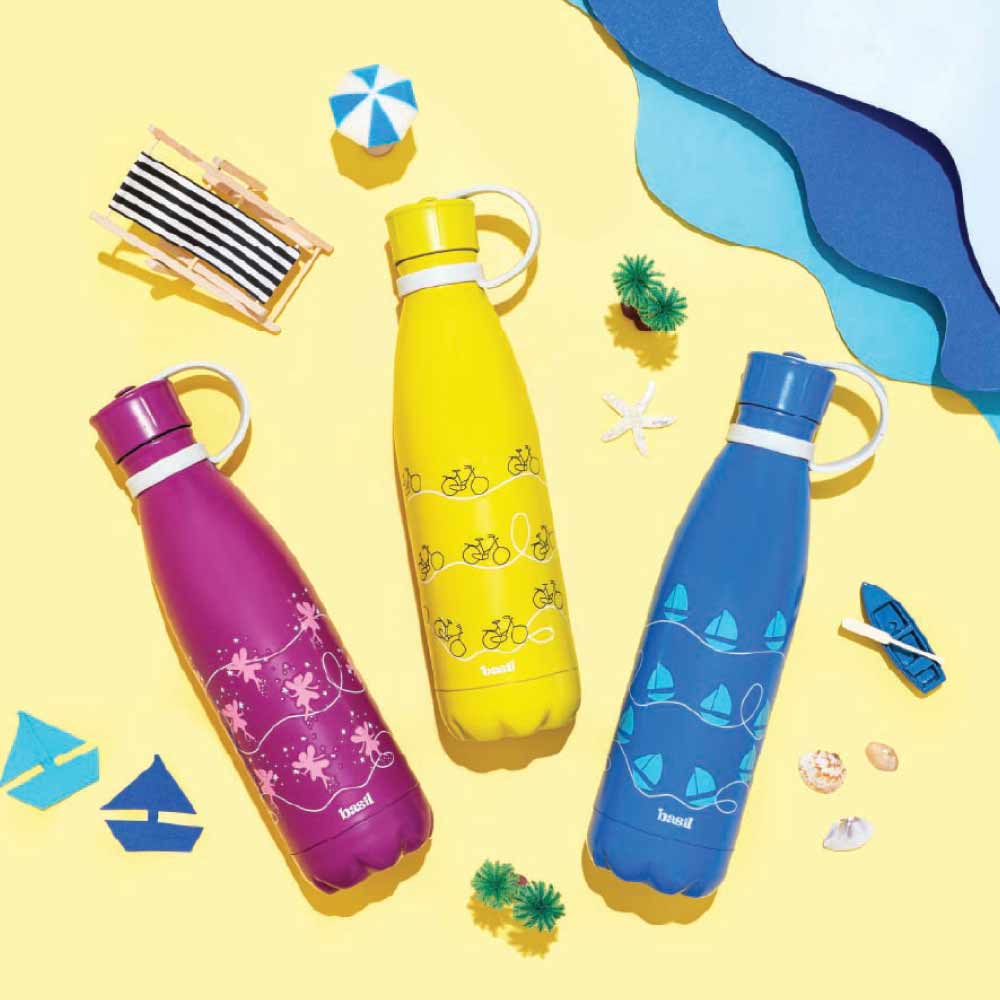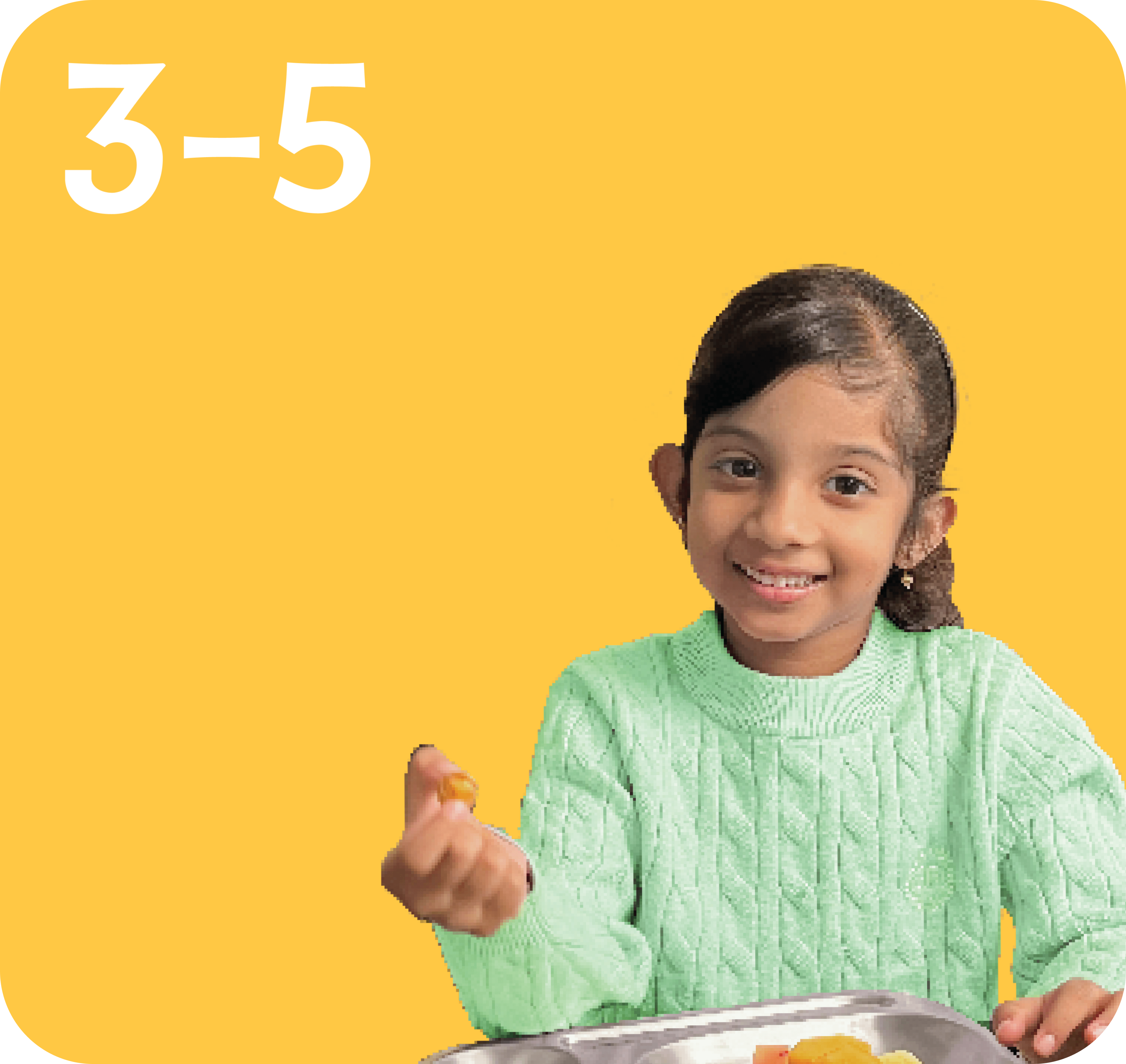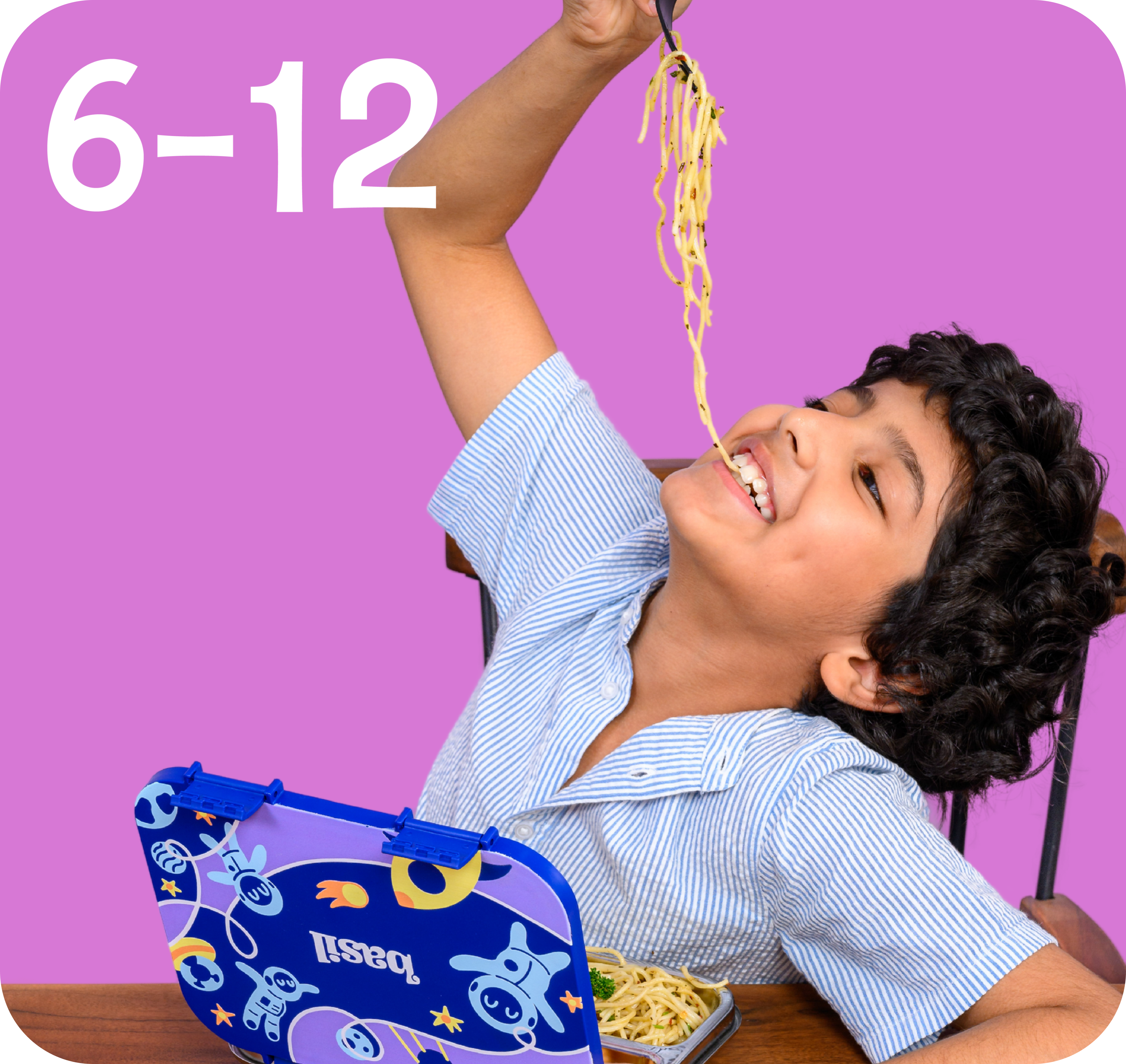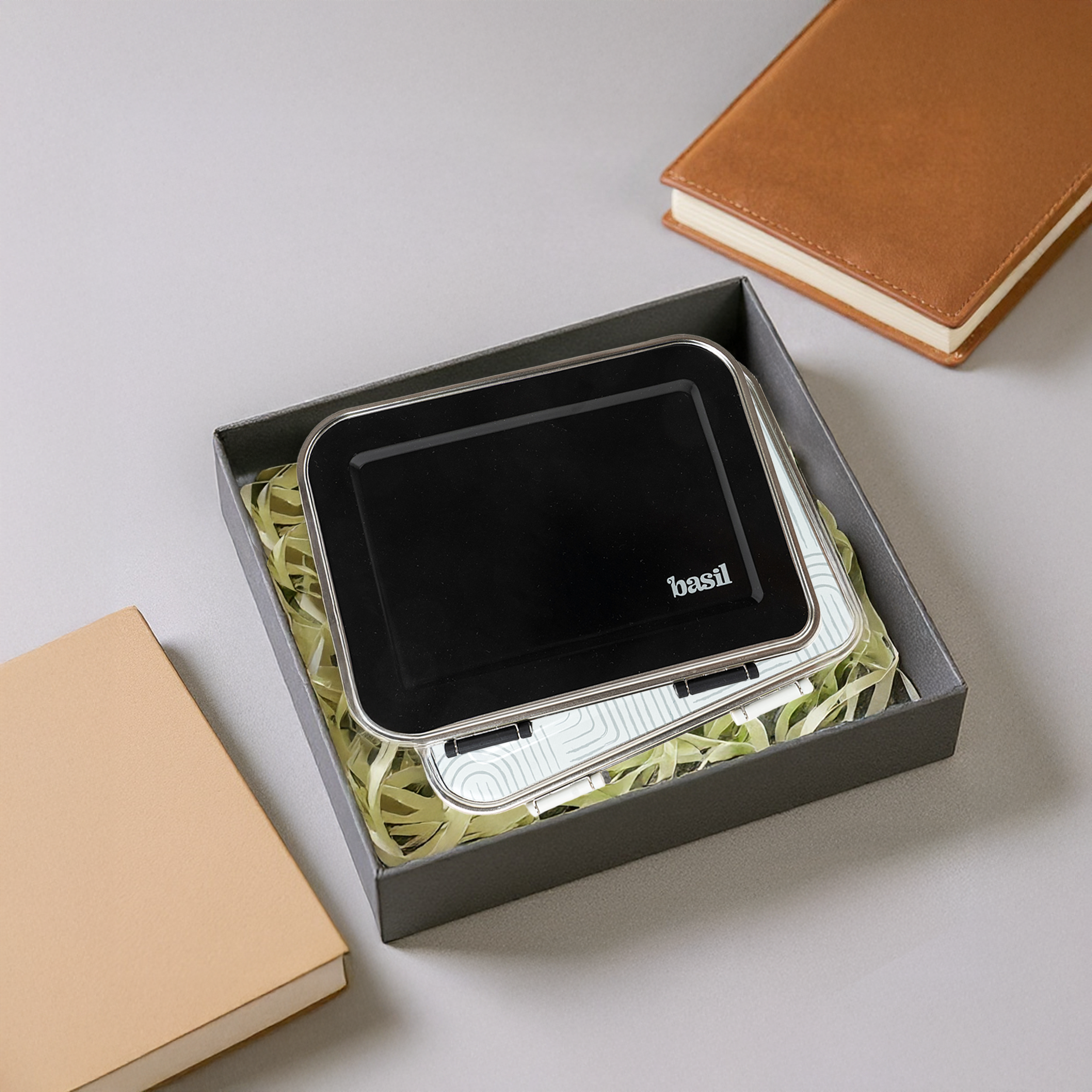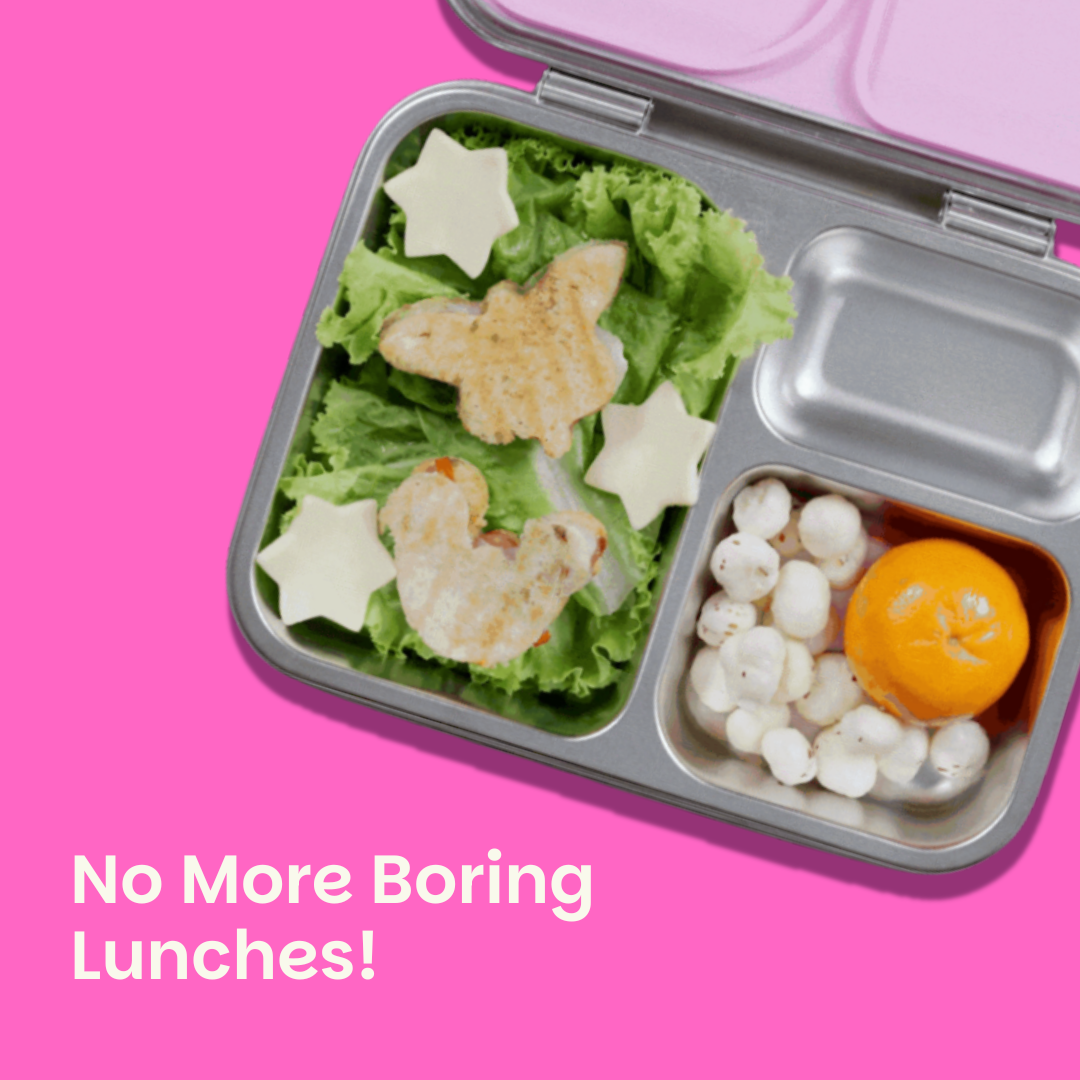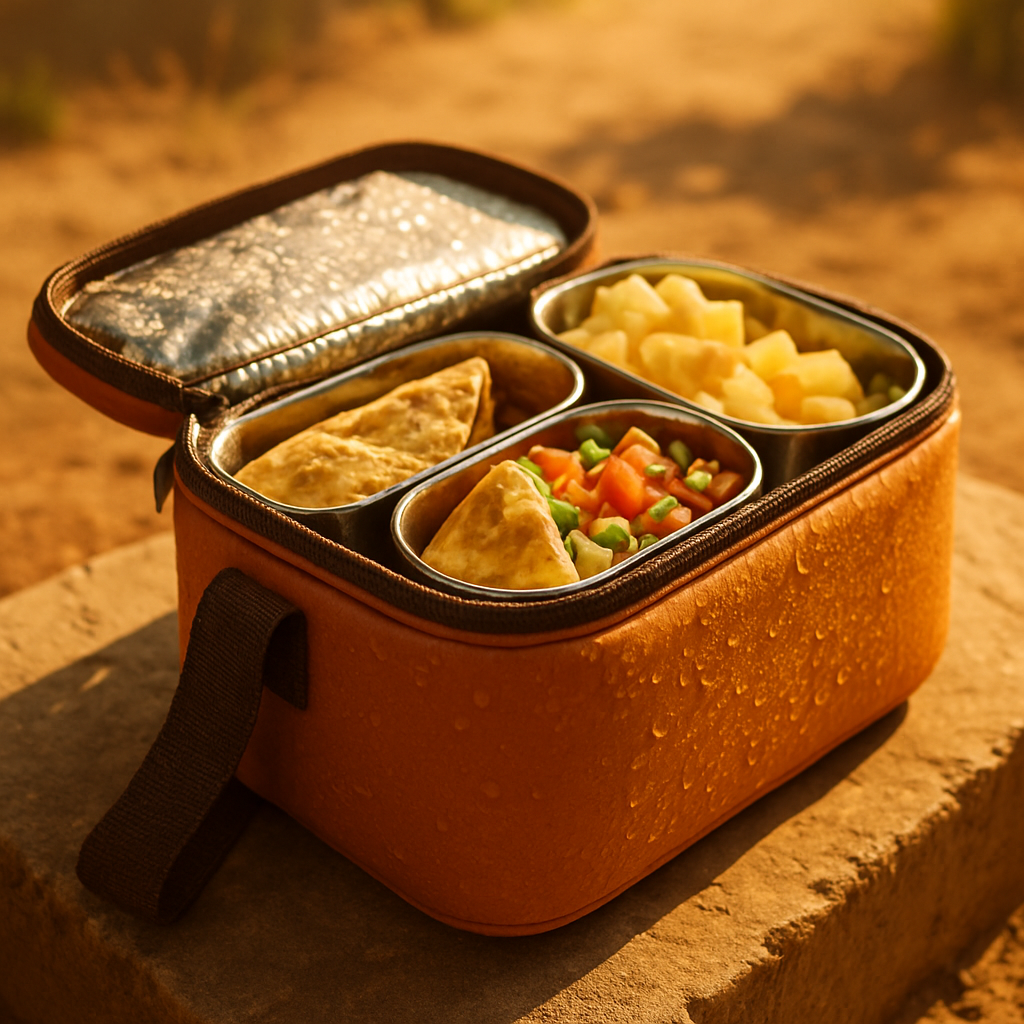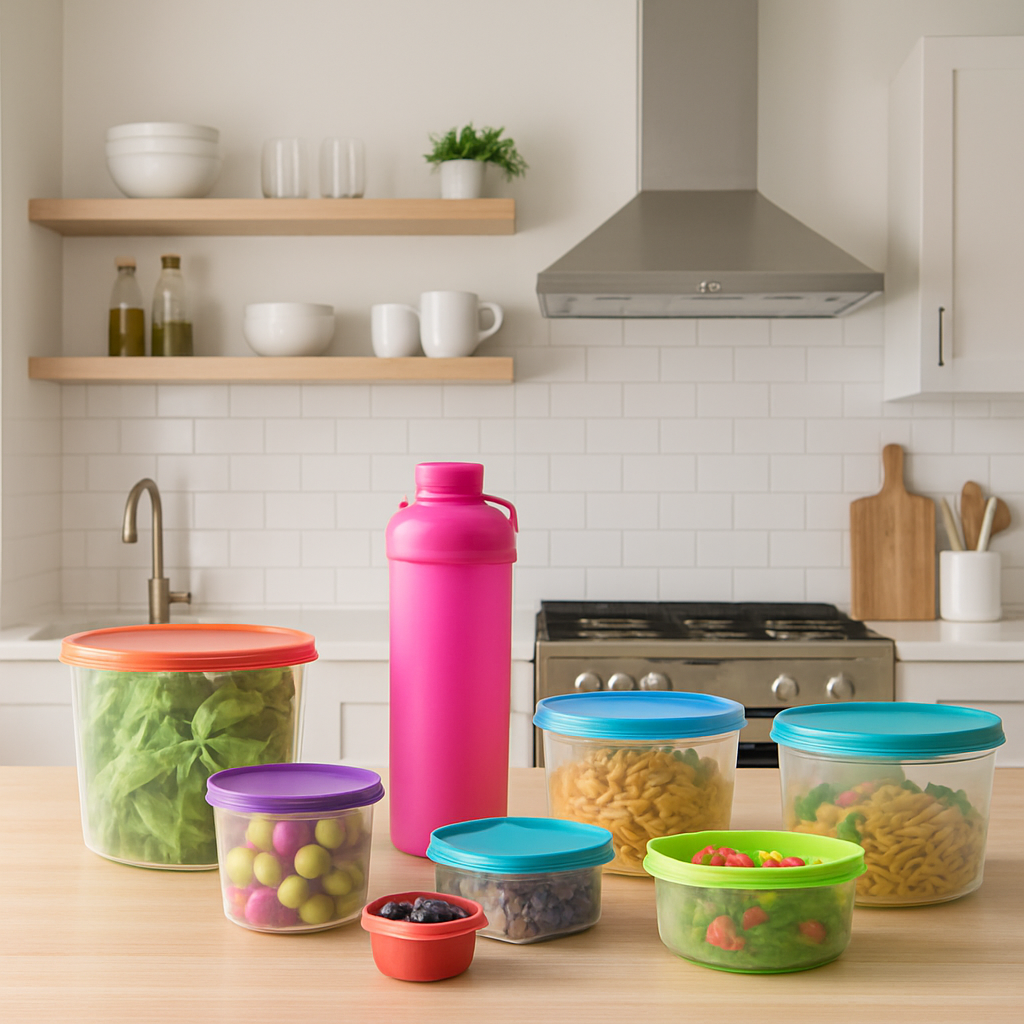How to Pack Fun Kids Lunches: A Comprehensive Guide
I. Setting the Stage: Introduction
Packing lunches for kids can be a daunting task, especially when trying to balance nutrition with fun. Nutritious and engaging lunches are crucial for children's growth and development, making it important to incorporate healthy foods in a way that appeals to them. In this guide on how to pack fun kids lunches, we'll explore tips and ideas to make lunchtime enjoyable and healthy.
II. Understanding Nutrition for Kids Lunches
Nutrient |
Importance |
Sources |
|---|---|---|
Protein |
Vital for growth and development, aids in muscle repair, and boosts satiety, keeping children full and focused during the school day. |
Lean meats, beans, cheese, yogurt, eggs, tofu, and lentils. |
Carbohydrates |
Main energy source for the body, provides the necessary fuel for active children to sustain concentration and productivity throughout the day. |
Whole grains (such as brown rice, whole wheat bread), fruits, vegetables, and cereals. |
Vitamins |
Boost the immune system, support overall health, enhance cognitive functions, and maintain skin health. |
Fruits like oranges, strawberries, and bananas; Vegetables like carrots, spinach, and bell peppers. |
Minerals |
Essential for bone health, enzyme functions, and supporting the overall metabolic processes. |
Green leafy vegetables (such as kale and spinach), dairy products like milk and cheese, and nuts. |
Fats |
Important for brain development and absorption of fat-soluble vitamins (A, D, E, K). |
Olive oil, avocados, nuts, seeds, and oily fish like salmon. |
Expert insight: Children's nutrition must be balanced to ensure that they receive all the necessary nutrients for optimal growth and development. Including a variety of food groups in their lunches can help meet these nutritional needs, supporting their physical and mental development as highlighted in insights from nutritionists.
III. Creative and Fun Lunch Ideas

Bento Box Turkey Club Roll-Ups: A delicious combination of turkey club roll-ups, hard-boiled eggs, and a cheese stick. Add sliced cucumbers, tomatoes, and a handful of green grapes for a balanced and visually appealing meal that provides essential nutrients.
Mini Sandwich Lunchbox: Mini turkey cheese Hawaiian roll sandwiches served with crunchy pretzel rods, juicy grapes, and crisp cucumber slices. This playful lunch idea is perfect for satisfying your child's taste buds while ensuring they're getting vital nutrients.
Peanut Butter & Banana Roll-Ups: Natural peanut butter spread over whole wheat wraps with sliced bananas, offering a sweet and nutritious sandwich. Accompanied by pretzels, strawberries, tangerine slices, and celery sticks for added texture and flavor.
Easy Protein-Packed Bento Boxes: Whole grain bread chicken sandwiches paired with vibrant bell pepper slices, blueberries, and juicy tomatoes. This meal is a powerhouse of protein and vital vitamins.
No-Heat Vegan Lunch Boxes: A light and healthy mix featuring cranberry juice, pretzels, sweet orange slices, blueberries, and refreshing pasta salad. These ingredients combine to offer a nutrient-dense and satisfying meal.
Sandwich on a Stick Lunch Box: Create engaging skewers with club sandwiches and peanut butter & jelly, paired with carrot sticks, mixed berries, and assorted snacks. These make for an interactive and appealing lunch that kids will love.
English Muffin Pizza Lunchbox: Whole wheat English muffins layered with tomato sauce and mozzarella, resembling mini pizzas. Serve with refreshing cucumber slices and sweet red grapes, providing a well-rounded and fun lunch.
Copycat Starbucks PB&J Bistro Box: Classic peanut butter and jelly sandwiches paired with blueberries, carrot sticks, celery, and mixed berries. This portable meal offers familiar flavors and a good balance of nutrients.
Mini Croissant Sandwich Lunchbox: Mini croissants filled with turkey and cheese, served alongside cookie thins and baby carrots. These mini delights make the perfect lunch for kids without compromising on nutrition.
Green Monster Muffins: Nutritious muffins made with spinach, served with turkey slices, watermelon and pineapple cubes, carrot sticks, and creamy Greek yogurt. These muffins pack a powerful punch of flavor and health benefits.
Use high-quality images to showcase each lunch idea, emphasizing the presentation techniques and nutritious ingredients used. This visual appeal will inspire creativity in meal preparation and encourage kids to try and enjoy these healthy options.
IV. Kids in the Kitchen: Making Lunch Preparation Engaging
Involving kids in lunch preparation can have multiple benefits. It's an excellent opportunity to instill good eating habits early on while making the process more enjoyable for your little ones. When kids become part of the decision-making and preparation processes, they are more inclined to appreciate and eat their lunches.
One effective strategy to engage children is through interactive meal planning. Invite them to participate by providing healthy choices and allow them the freedom to pick their favorite fruits and vegetables during grocery shopping. This not only educates them about diverse dietary needs but also gives them a sense of ownership over their meals.
Another simple yet impactful way to engage kids is by creating a dedicated "school lunch prep station" in the kitchen. Equip this area with necessary tools and ingredients so they can actively participate in assembling their lunches. Assigning them small tasks like washing vegetables or arranging food items in their lunch boxes can boost their confidence and interest in healthy eating.
Additionally, making the preparation process fun is crucial. Using colorful and quirky designs, such as bento-style lunch boxes, can make the experience enjoyable. By involving children in these small, interactive ways, you can foster a lifelong appreciation for nutritious and well-balanced meals, ultimately promoting a healthier lifestyle.
V. Expert Tips for Packing Kids Lunches
Use fun lunchboxes like Basil's leakproof stainless steel bento boxes to enhance mealtime enjoyment. These lunchboxes come with multiple compartments that help in keeping food items separate and fresh, preventing any mingling of flavors. Available on platforms like Flipkart for a special price of ₹1,763, they are durable and easy to clean.
Introduce familiar foods in fun ways by cutting them into shapes or adding fun notes. Using cookie cutters to form sandwiches and fruits into stars, hearts, or animals can make food more visually appealing to kids, making them more likely to finish their meals.
Balance quantity with quality to prevent overwhelming them. Overloading a child's lunchbox can be counterproductive; instead, aim for a nutritionally balanced mix of proteins, carbohydrates, and veggies, making sure not to include too many options in one meal.
Opt for foods that can be eaten at room temperature. Since children often have limited time to eat, packing lunches with items that are enjoyable without reheating ensures they get the necessary nutrients without the stress of looking for heating options.
Personalize their lunch experience by including a small note of encouragement or a fun sticker. This adds a warm, personal touch that can brighten up their day.
VI. Nutritional Comparisons: Making Informed Choices
A comparative chart can help illustrate nutritional content between popular kids' lunch items like almond butter vs. peanut butter. Here's a quick comparison to guide parents in making healthier swaps. Almond butter often contains more vitamins, minerals, and fibers, including Vitamin E which is a powerful antioxidant, while peanut butter is typically higher in protein but may contain added sugars and hydrogenated oils if not selected carefully.
Another important nutritional comparison is between whole grain and refined grain products. Whole grains, like brown rice or whole wheat bread, offer more fibers, vitamins, and minerals compared to their refined counterparts. Fiber-rich foods such as whole grains assist in maintaining fullness and stabilizing blood sugar levels throughout the day.
Parents should also compare fresh fruits to commercial fruit juices. While juices might seem a convenient option, fresh fruits contain fiber and essential nutrients often stripped away during the juicing process. Opting for whole fruits over juices can prevent excess sugar intake and promote better satiety.
When selecting dairy products, it is wise to choose plain yogurt over flavored alternatives that might contain high sugars. Consider incorporating Greek yogurt which is higher in protein and can make lunchboxes more nutritious.
Using these comparisons, you can make informed choices about the ingredients that significantly improve the nutritional value of children's lunches, fostering better health and wellness for your kids.
VII. Weekly Meal Planning for Nutritional Success
Implementing a weekly meal plan can significantly contribute to maintaining balanced nutrition throughout the week. This approach helps parents in preparing nutritious meals that cover all essential food groups: proteins, carbohydrates, vitamins, and minerals. According to Bonny Shah, a Registered Dietitian and Certified Diabetes Educator, "Pre-deciding the menu for the week in advance will help you make healthy eating choices and ensure that you are able to give your kids all types of food groups."
Utilizing themed lunchboxes, like Basil's rockets and dinosaurs, not only keeps the planning process engaging but also excites children about their meals. These creative designs encourage children to look forward to what they’ll find in their lunchboxes every day, while also ensuring food safety with features like leakproof compartments and durable materials.
Planning ahead helps save time and reduces stress for busy parents by having ingredients pre-stocked and meals partially prepped. This organization means you won’t have to make last-minute decisions, which could result in less healthy options. It ensures efficient use of groceries, reducing waste and maximizing nutrient intake from fresh produce.
Parents can download a customizable meal checklist to organize meals creatively. This checklist acts as a guide, providing structure while allowing room for tweaking based on your child’s preference and dietary needs. Innovative meal ideas like cucumber stars with podi idli, vegetable pulao, or green moong salad arisi paruppu sadham can be incorporated, providing variety and nutrition. Bany Shah also points out the importance of soaking legumes and preparing batters in advance for better digestion and nutrient absorption.
By engaging children in meal planning, parents can also teach them valuable lessons about nutrition and involve them in making healthy choices, further enhancing their relationship with food.
VIII. Crafting Joyful Lunchtimes: Final Thoughts
Combining fun and nutrition in kids' lunches fosters a positive relationship with food. By applying these tips and ideas, parents can make lunchtime both enjoyable and healthy. Encourage creativity and involvement to make every meal a delightful experience.
Explore More
For more ideas, visit this Reddit discussion to see what other parents pack for their kids' lunches. You might also find inspiration in these ten tasty packed lunch ideas featuring BBQ chicken, pasta salad, and more!






